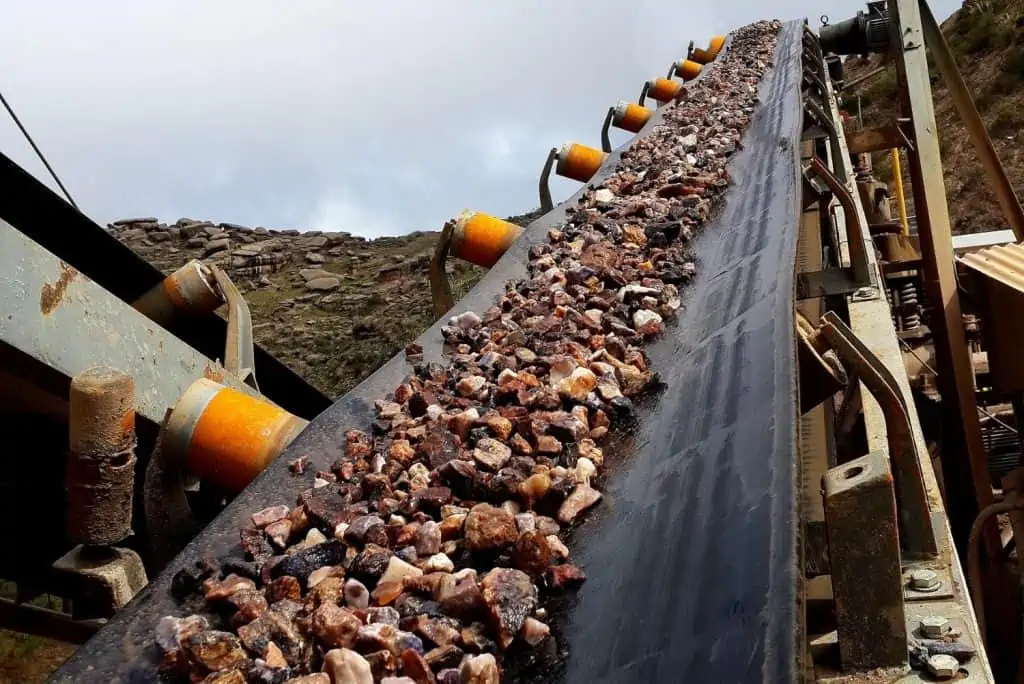
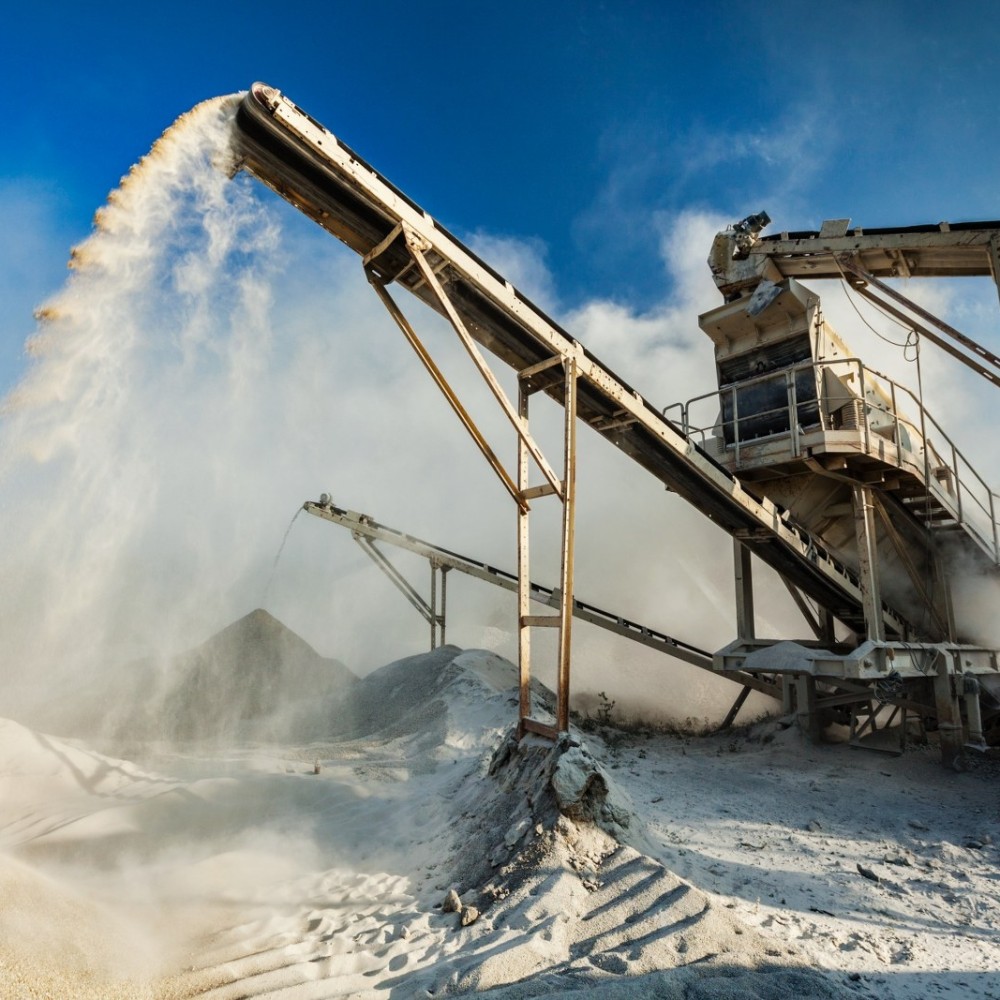
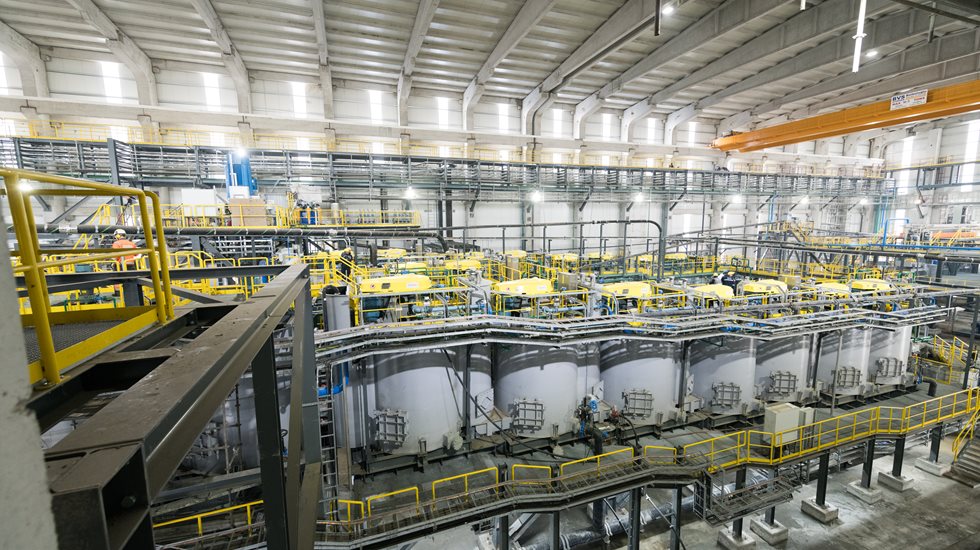
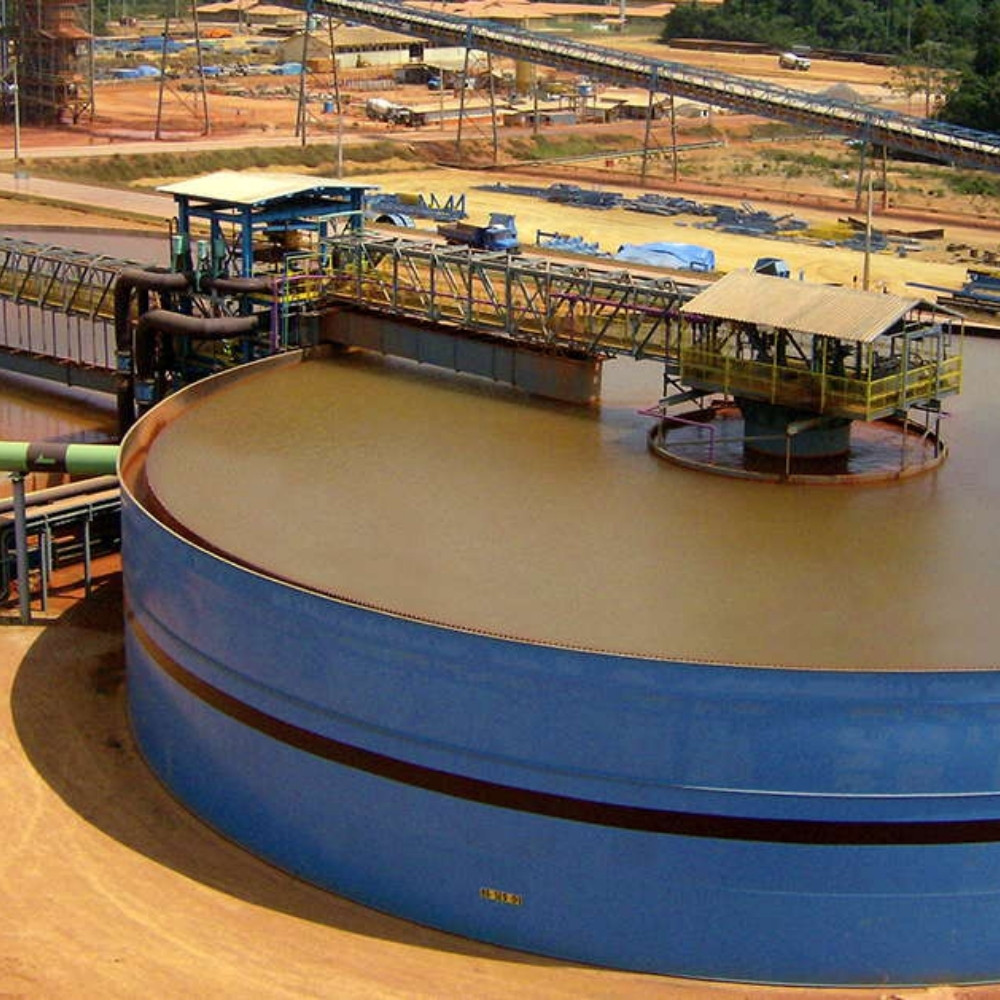
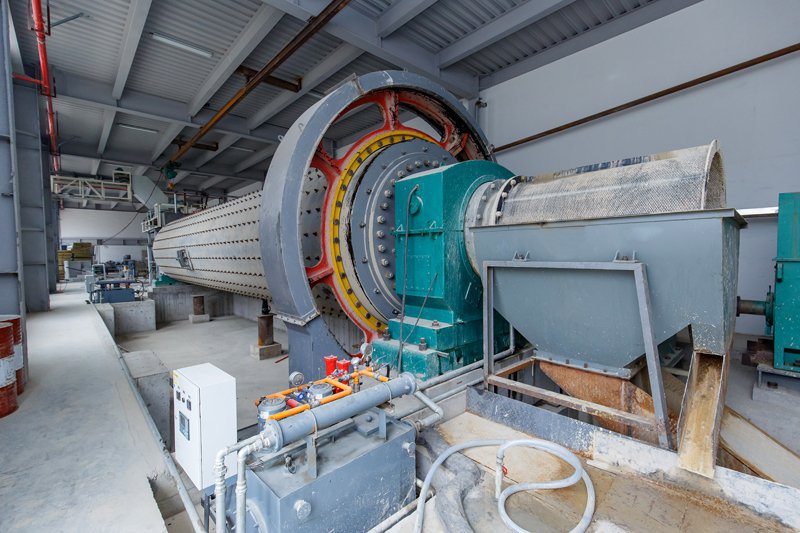
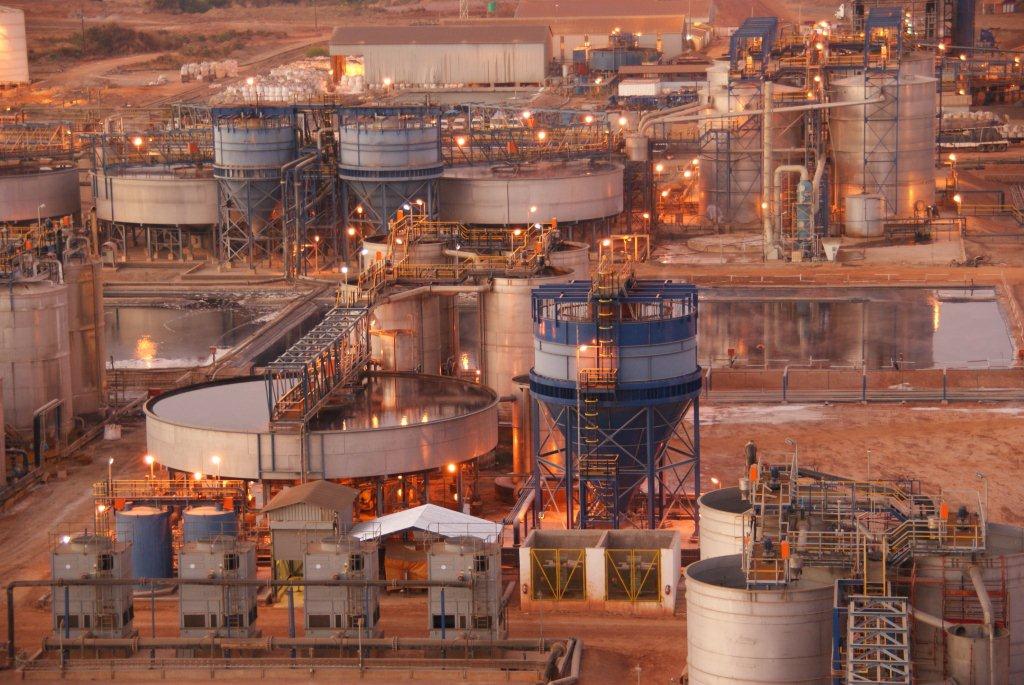
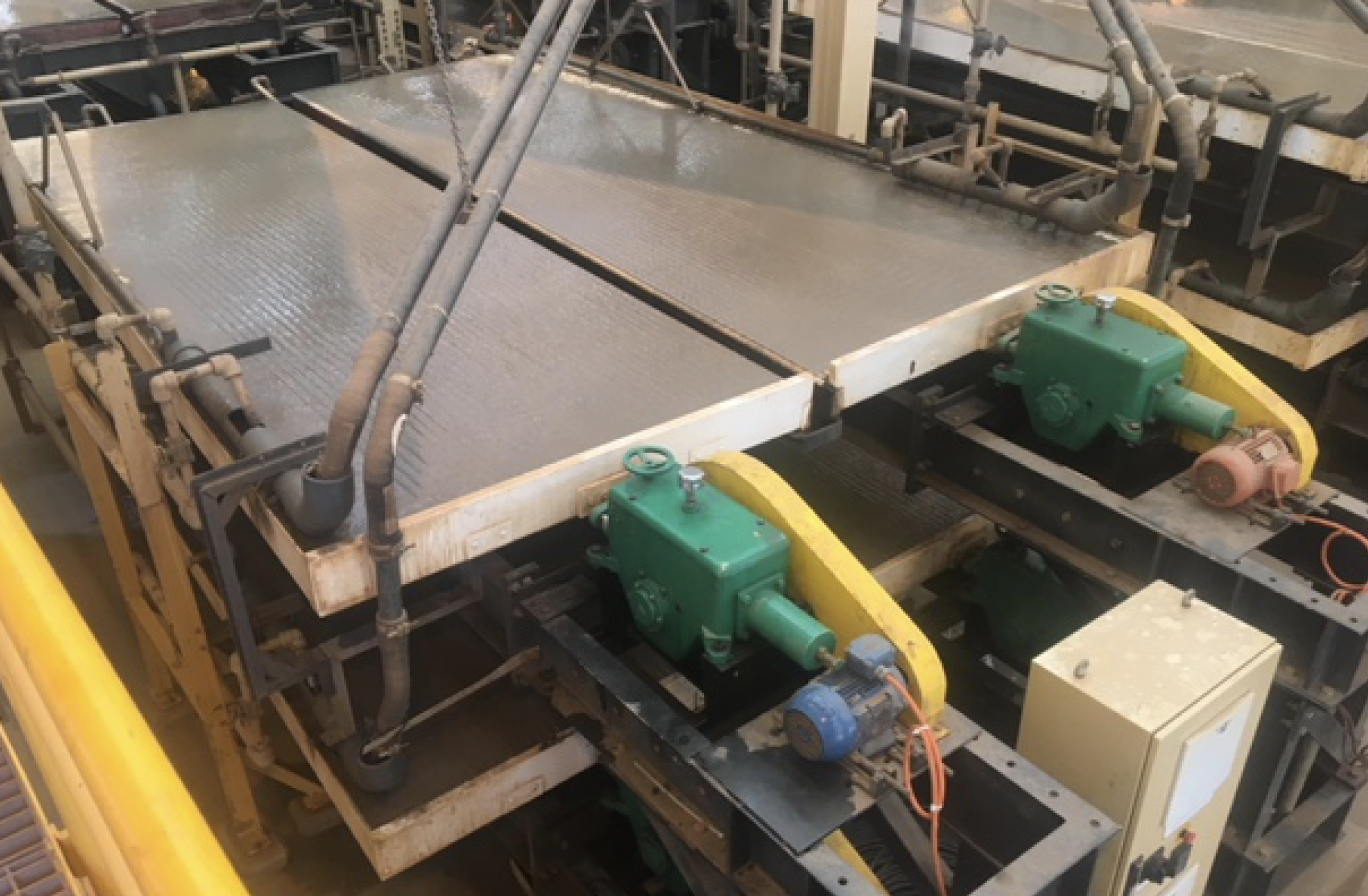
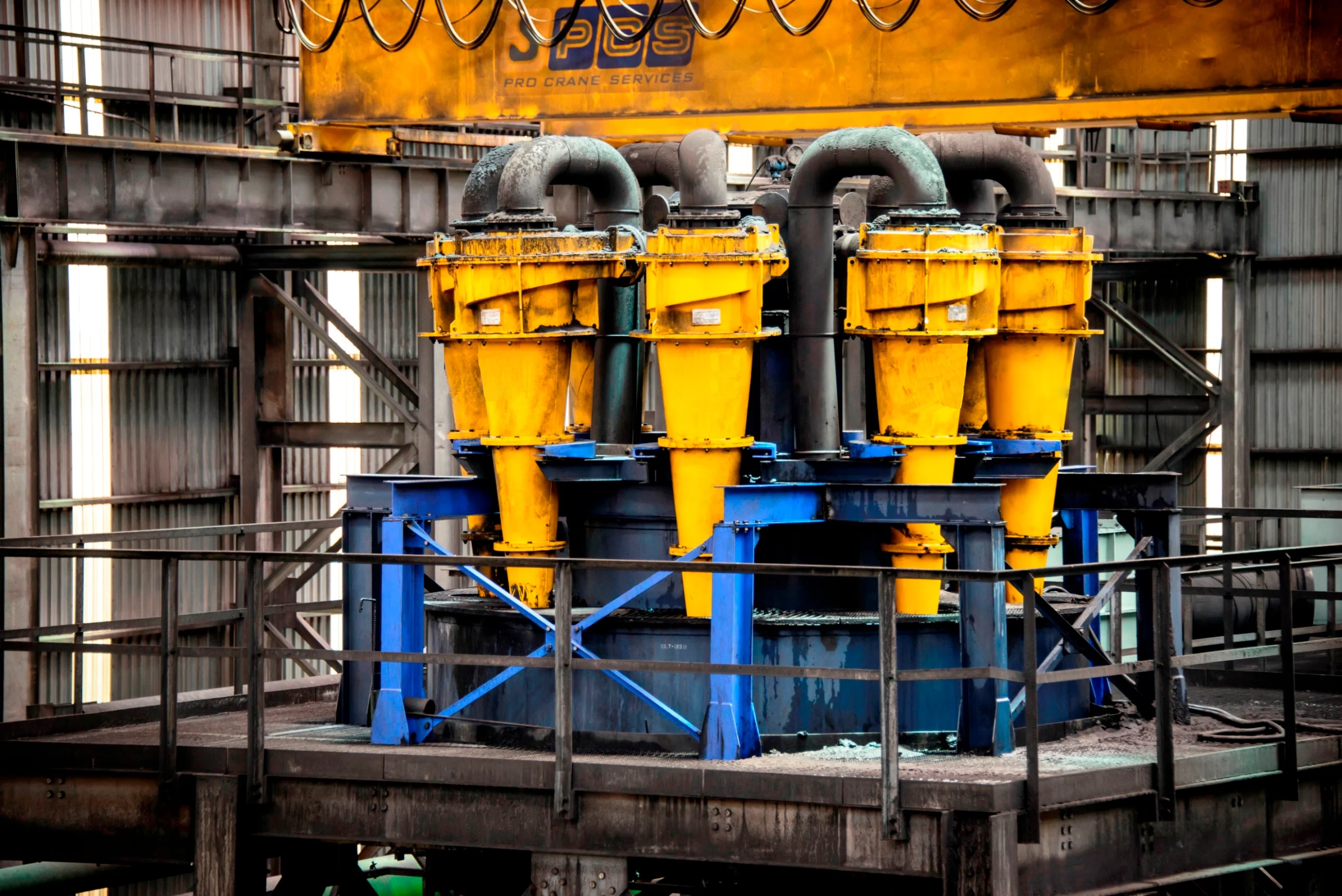
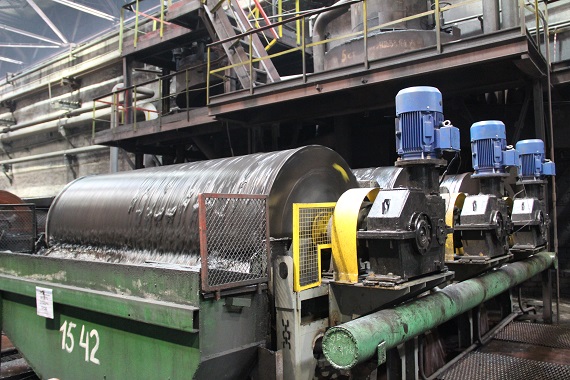
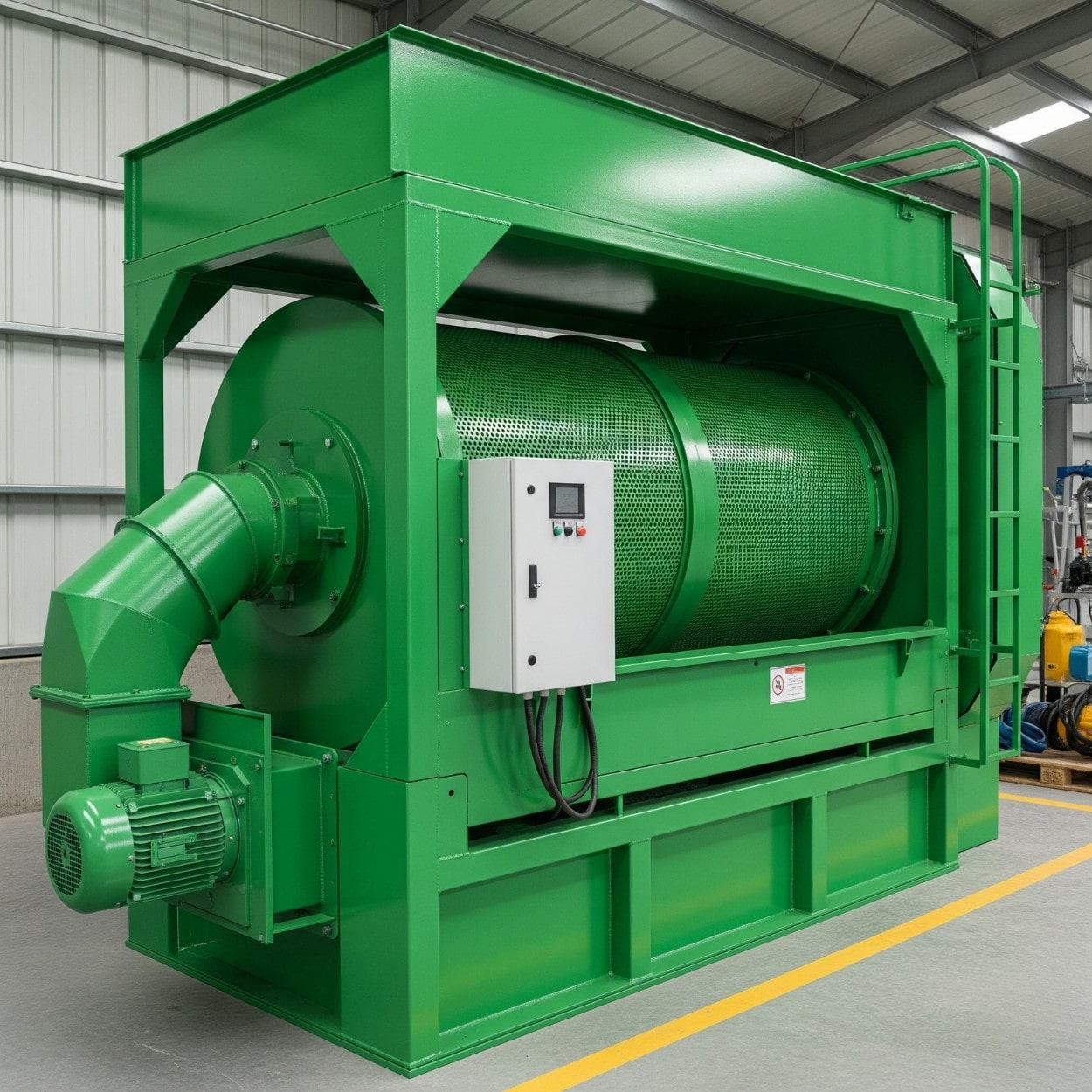
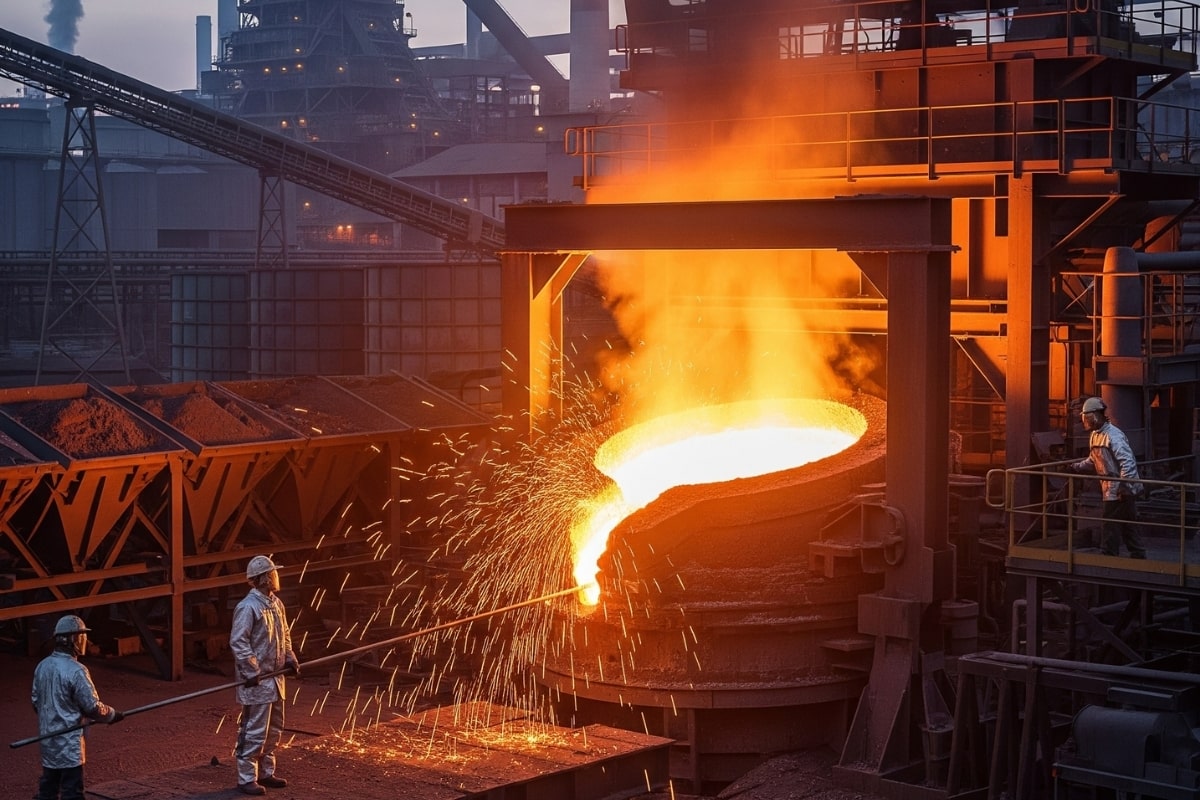
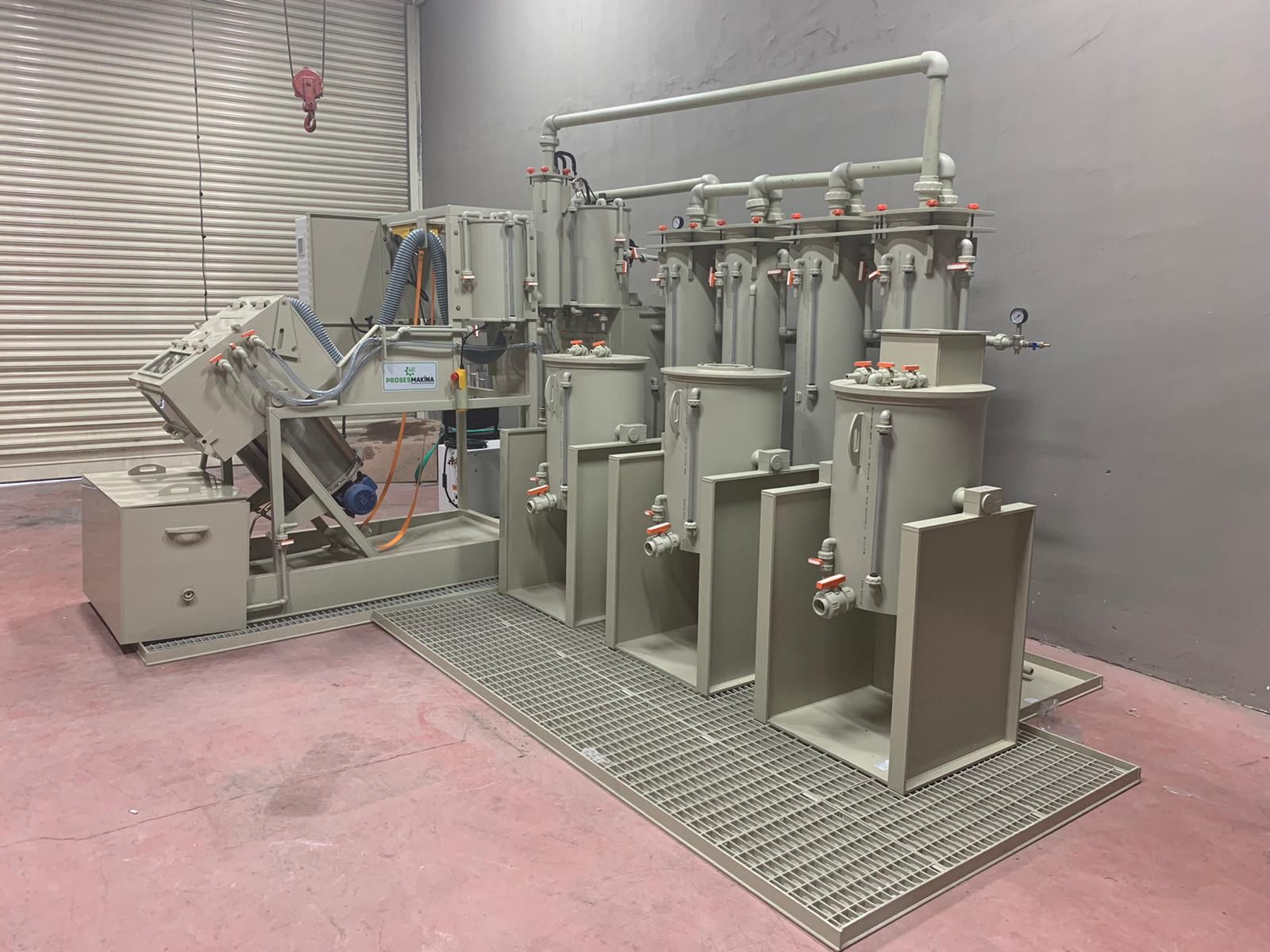
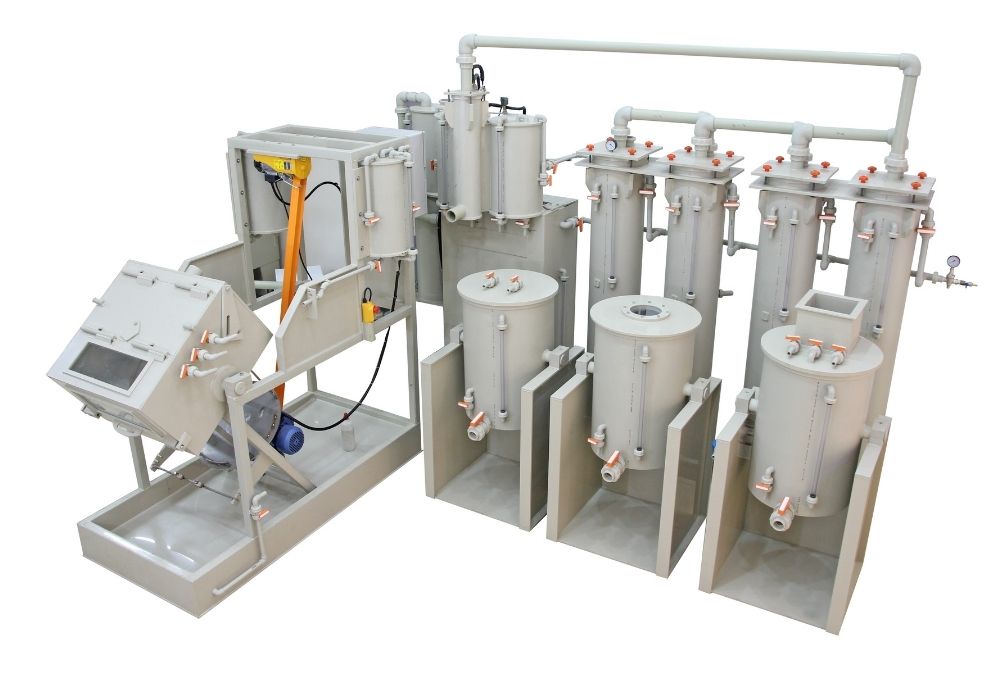
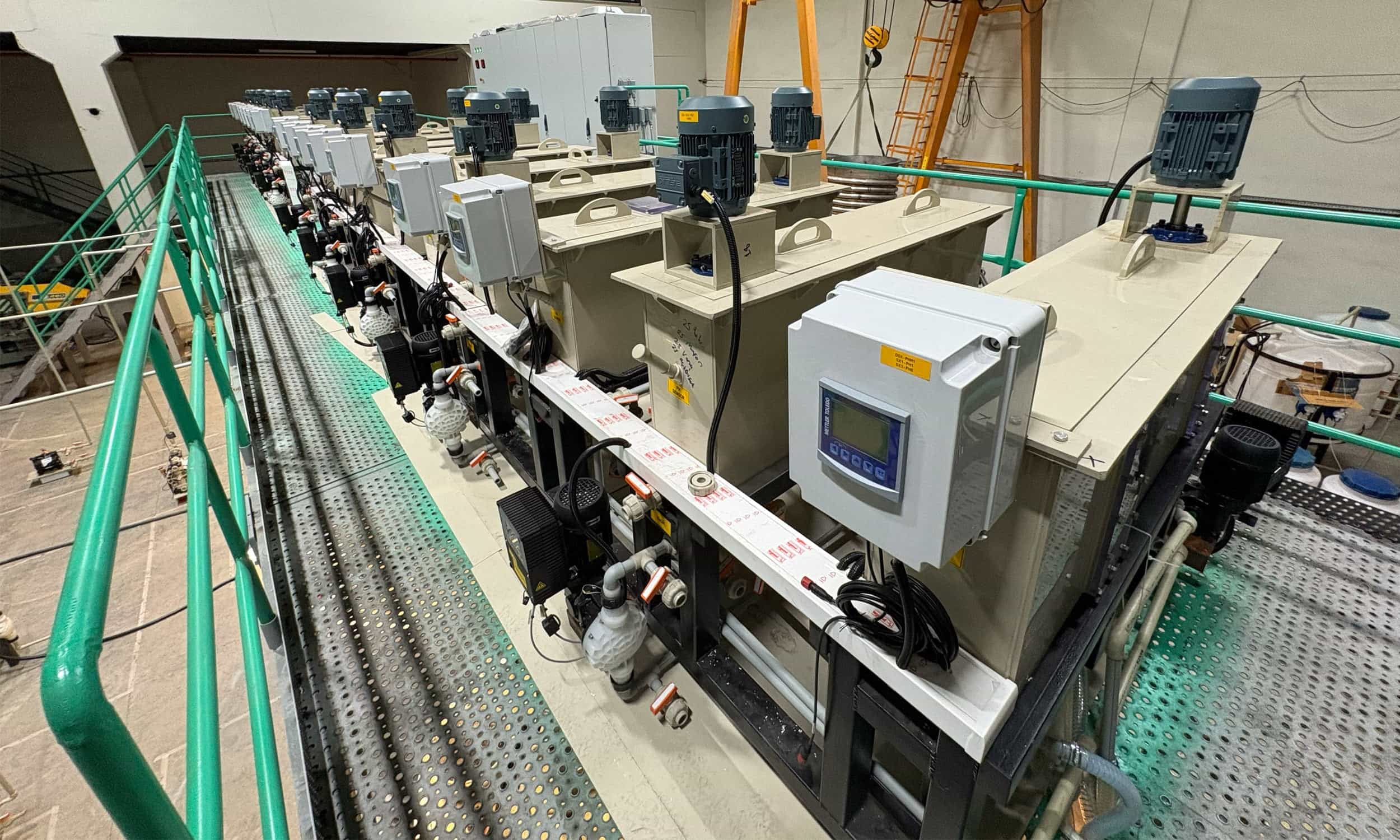
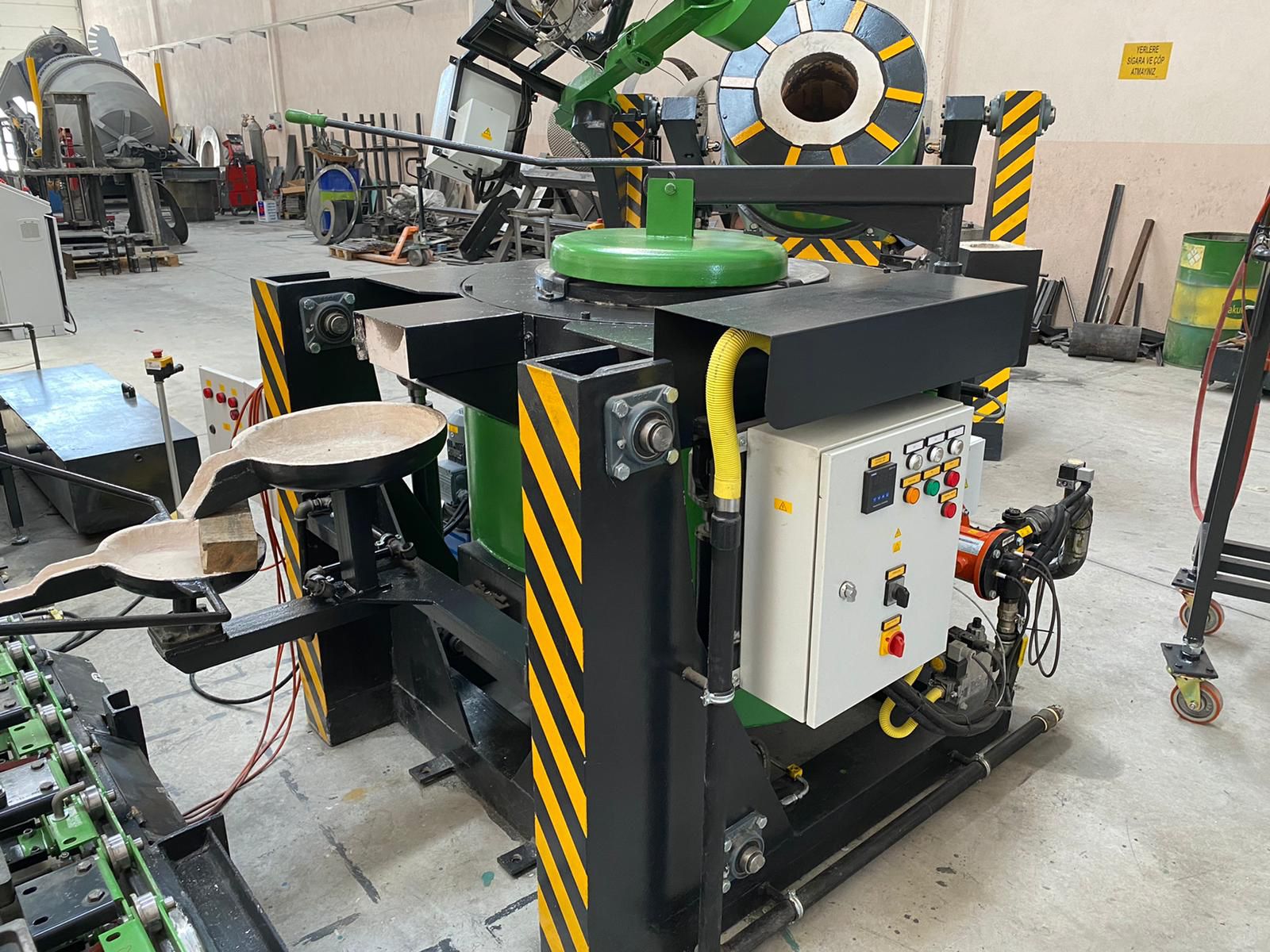
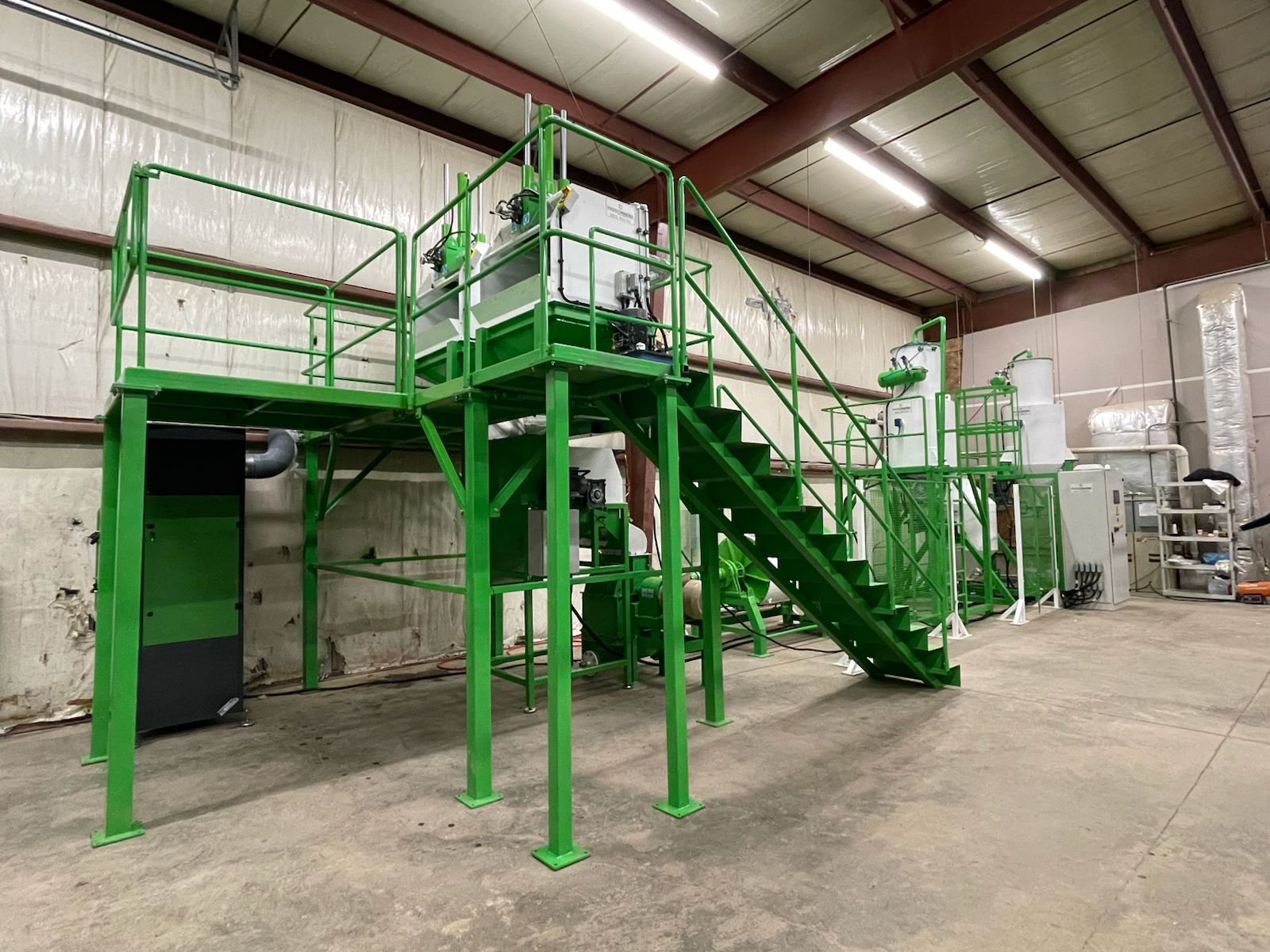
pH NEUTRALIZATION
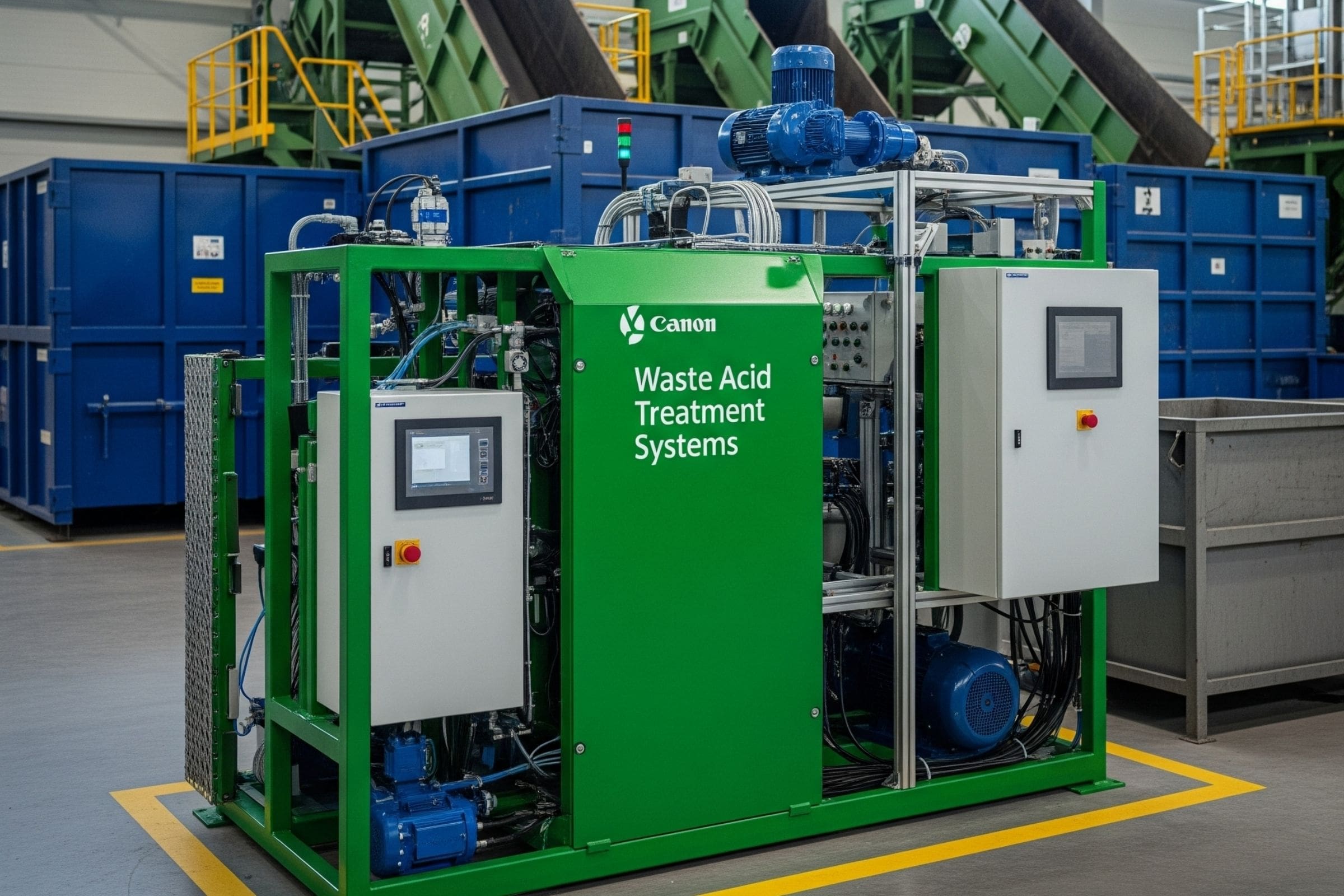
The Waste Acid Treatment System has been developed and successfully implemented by Proses Makina to control the waste acid or base generated at the end of hydrometallurgical operations. The resulting waste acid from the PGMs refining processes can pose significant environmental risks. In compliance with national environmental regulations, it is mandatory to neutralize wastewater to safe levels. Neutralization units are employed to treat waste liquids from refining systems using specific chemicals, thereby eliminating their harmful effects.
Neutralization units can be manufactured from materials such as polypropylene (PP) or high-density polyethylene (HDPE), depending on the pH characteristics of the waste acid. Compliance of the manufactured units with environmental management standards must be verified through testing.
The general purpose of a pH neutralization plant is to neutralize the waste product solution before discharging it into the environment. The required pH value for discharge from a wastewater treatment plant is typically in the range of 7 to 8. This is essential to protect rivers and aquatic life and to avoid damage caused by corrosion.
Key Features of the Waste Acid Treatment System:
Ensures the optimum pH range with an automatic feeding system.
Contributes to the circular economy by reducing acid/base consumption through the reuse of neutralized substances.
Excellent integration of the neutralization system for the processes to be treated, including chemical preparation and sedimentation tanks.
Provides gradual sedimentation operation to achieve the environmental limits.
High separation rates through the filter press system.